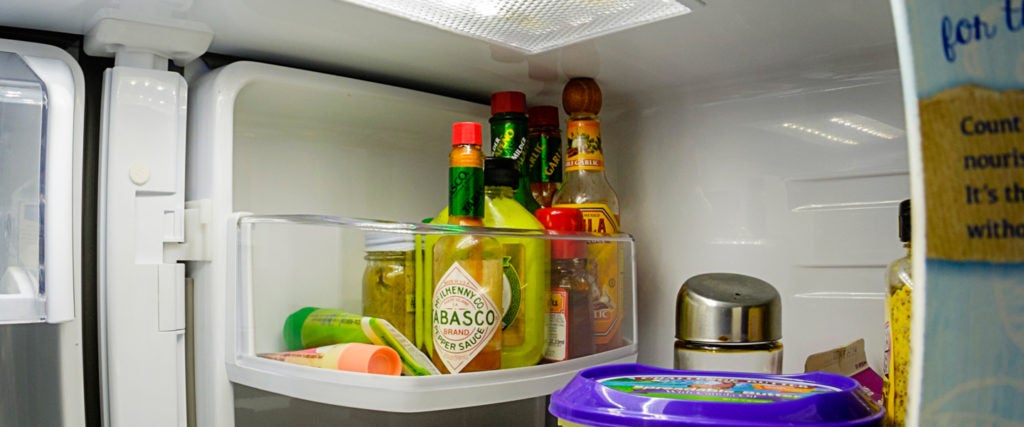Through the prism that is the chili pepper, we unlock a kaleidoscope of hot sauces — a million formulations from every corner of the globe, each with its own distinct flavor and texture.
The heat of every hot pepper sauce comes from capsaicin, the devilish little compound that makes our mouths feel on fire, but beyond that, anything goes. Some blend fresh chili with water and call it a day, while others feature doses of garlic or fruit. This variety is what makes hot sauce so versatile, whether it’s dripped onto raw seafood, used as a condiment for cheap beer or blended into braises and stews to add subtle flavor.
Hot sauce popularity is booming in the U.S. today, but this is an ancient food, with the earliest mashed pepper sauces cropping up in Central America some 2,000 years ago. Since then, humans have learned that capsaicin is an effective preservative, especially when paired with vinegar. Accordingly, many hot sauces, including crowd favorites Crystal and Tabasco, remain shelf-stable for months after opening, no refrigeration needed.
But here’s the problem: Just because we can do something, doesn’t mean we should. And when it comes to hot sauce storage, our carelessness is killing flavor. I’ve witnessed helpless bottles of sauce dying in places they shouldn’t be: Sitting in direct sunlight, hanging out next to a hot stove, sweating in a pantry during a 110-degree summer heatwave. Everyone seems to assume that sturdy ol’ hot sauce will do just fine, no matter the conditions. In reality, the poor sauce is getting duller by the day.
The culprit is oxidation, a process in which exposure to oxygen speeds up the breakdown of chemical compounds. Light and heat can worsen this effect, and the consequence on a bottle of hot sauce is a dulling of its original colors and the development of earthy off-flavors. I think sriracha is one of the biggest culprits, likely because of the fresh garlic present in the sauce; having a higher proportion of fresh chili to vinegar can also make a sauce susceptible to unpleasant funk.
I’ve gotten around this my entire life by simply refrigerating hot sauce — an act that seems more uncommon than it ought to be. I guess it’s because many sauces prominently mention on the label that they don’t need refrigerating. Some chili fanatics also believe that the cold can mute the spice and nuance of a sauce. They have a point, but the last time I checked, I’m usually putting the stuff on hot food, anyway.
Besides, on the flip side, there is no doubt that fridge storage helps a hot sauce maintain the flavor it had on Day One of opening. The FAQ page for Frank’s, for example, notes that while the sauce is fine at room temp, stashing it in the fridge “will keep the product fresher for a longer period of time.” If that’s true for a sauce that’s almost entirely vinegar, it’s surely true for more rustic pureés.
Do note that any chili sauces with fruit (apricot is a trendy additive these days) or little to no vinegar (like Mexican salsas) legitimately spoil when stored incorrectly or for too long; if you see little black specks growing or notice an airtight vacuum has formed on a bottle of sauce, it’s time to chuck it in the trash.
But this PSA isn’t about that — it’s about the careless way we treat hot sauce, seemingly without even noticing how that sauce is losing its vibrancy and zeal. I would know: As a spice addict, I’m constantly asking people if there’s a bottle of hot sauce around, whether I’m sitting in a restaurant or hanging out at a friend’s apartment. It’s a little sad to think of how many times that request led me to a neglected, browning sauce. When you know what a bottle is supposed to taste like, a faded old version just won’t cut it. But so many of my friends and family are guilty. Do they know? Could they care?
Please, people: We can do better. Let’s start refrigerating our hot sauces, even if the label says it’s not necessary. It’s the only way to do justice by the incredible chili pepper plant.
And hell, refrigerate your vinegar, too.

